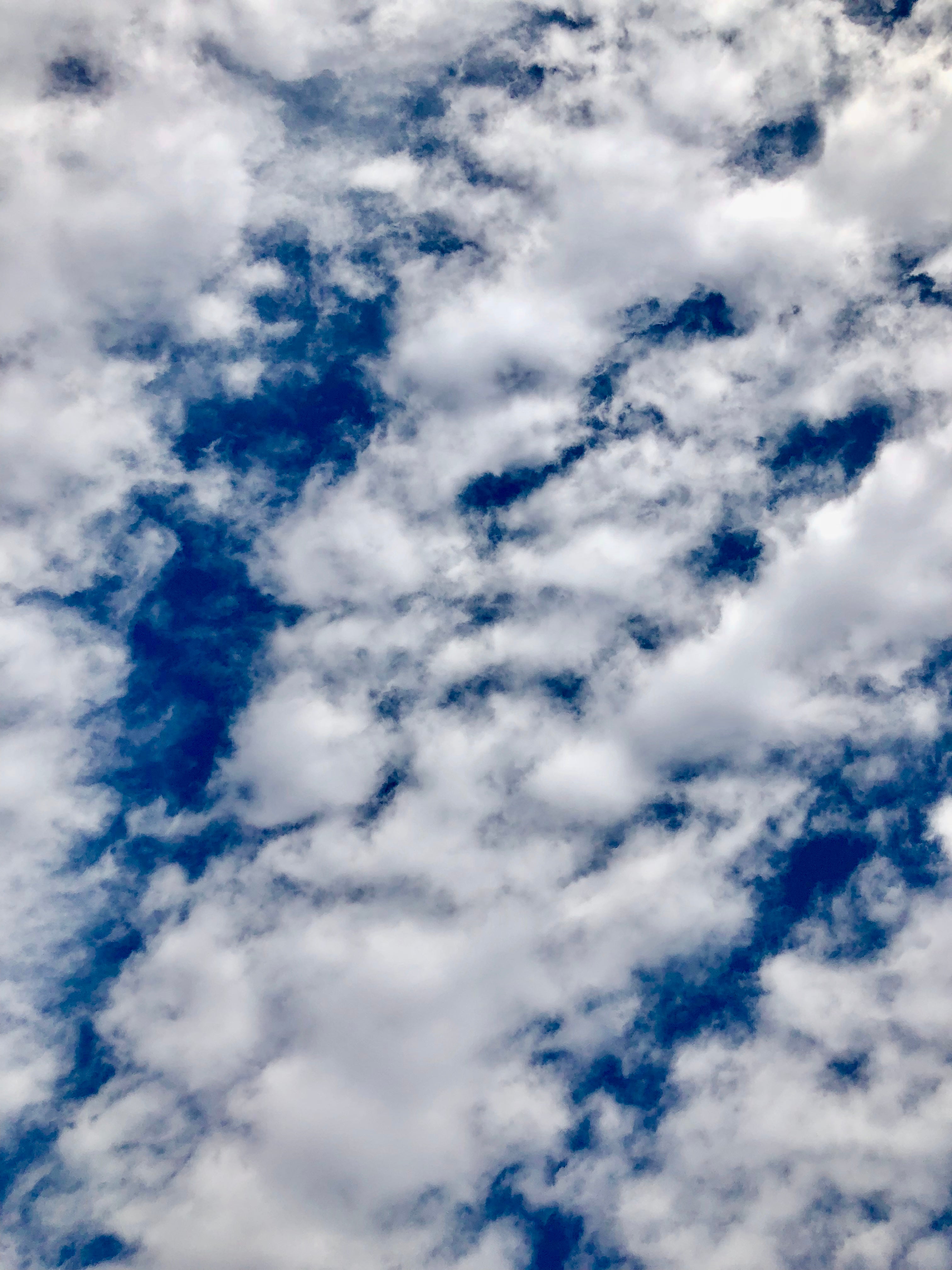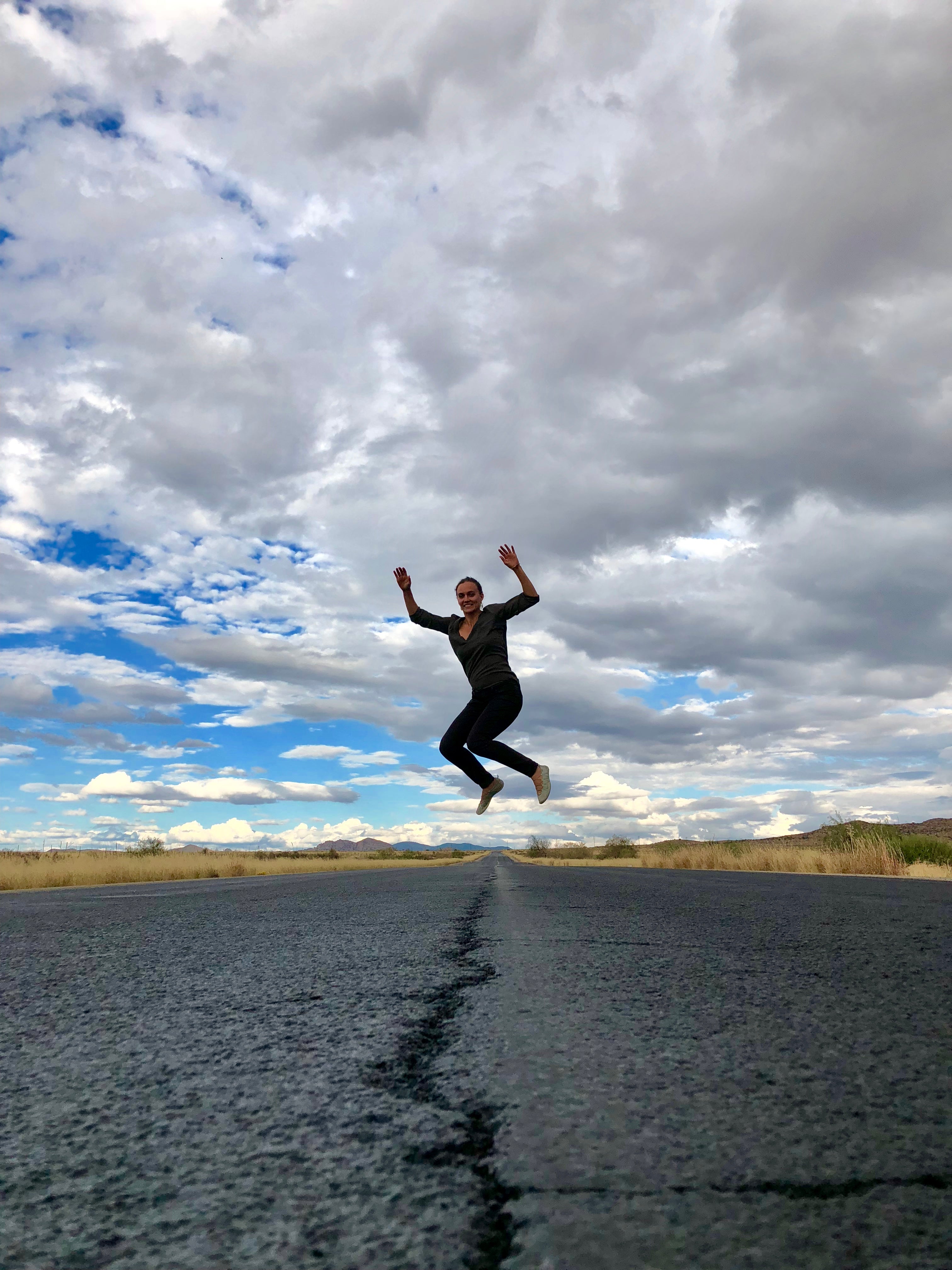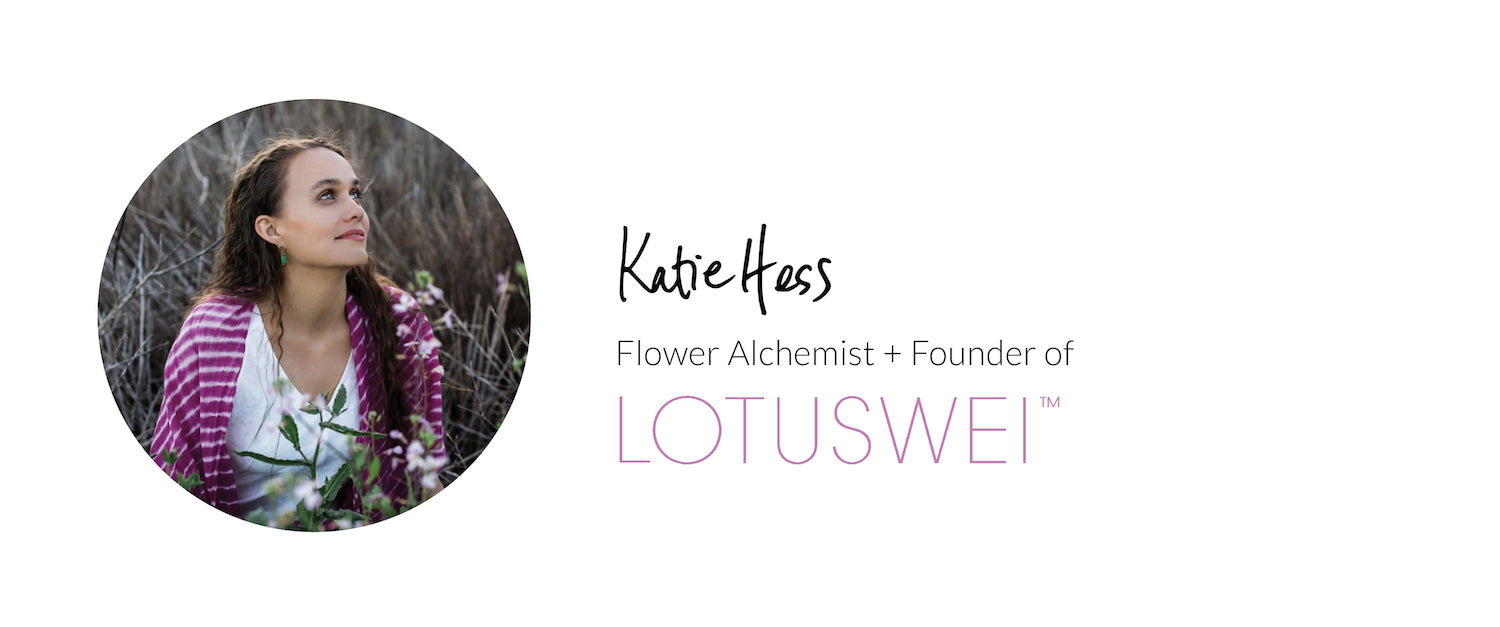Your Cart is Empty
February 22, 2017
We go through life with a variety of suffering, pain and stress. The irony? Each + every one of us holds two of the most powerful keys to unraveling the knots or causes of this suffering.Most of us have no idea that we possess these two keys, nor training in how to use them to unravel the knots. Even when we do know, we forget it, over and over again.
The keys we have with us everywhere we go, can be implemented in any moment - to not only to ease stress and suffering, but to untie thecauses of it and accelerate our awakening. I’m talking about two things:
This is one of those practices that most people will think is WAY too simple to get us real results. It’s ironic that one of the greatest tools for untying our knots and actualizing who we really are and what our full potential is (not to mention dissolving our own stress and suffering) is right here in front of us - and always was - from the moment we were born.
We want something more extreme, more powerful, more experiential, more sensorial, more dramatic, with more flashing lights, more CGI, bigger, better, more intense … because we’re the supersize-me culture. That’s a never-ending cycle, because wanting more creates wanting more creates wanting more and we’re never satisfied. We’ve fooled ourselves into thinking that more extreme = more powerful. This is the epitome of the yang imbalance in our culture.
Have you ever untied knots (literally)? In your shoelaces or when a bunch of necklaces get tangled? Or if you’ve ever gotten knots in your hair or brushed a child’s hair with knots? The answer is never faster, harder, tighter. It requires slowing down, applying gentleness, softness, patience, looking with curiosity and openness.
When we do that, the knots almost untie themselves with almost no effort on our part at all! The same is true with the knots that reside within ourselves. Knots, in this case, are self-limiting patterns or habitual tendencies that create pain for us. These knots are tied to other knots, kind of like a big root system of a tree - it’s all connected. When we loosen or untie one knot, there’s a greater ability to loosen another knot.
One way to experience that kind of effortless within ourselves, so that the knots literally begin to untie themselves (on all levels, even the most profound) is coming back to our breath. We can experience that effortlessness of loosening and untying, as a direct result of observing our breath.
What happens when we develop a regular practice of observing the breath? We become one with ourselves, our bodies, our minds, our emotions, our essence - everything eventually aligns perfectly. We stop fighting ourselves. We accept ourselves and everything that we are experiencing. We can put down our heavy loads and experience our own freedom and weightlessness. We feel in tune with everything around us and can finally relax.
You don’t have to do any special type of breathing or even change your natural breathing - all you have to do is observe your breath, be aware of it, how it feels, how it affects your body. You may notice that when you are more aware of your breath, that you tend to breathe more slowly. Masters and wisdom holders have said for centuries that at birth, each of us has a predetermined amount of breaths in our lifetime. Slowing down our breathing, even just a little bit, can extend our lives.
As you’re reading this right now, put your attention on your belly.Is there tension in your belly? How about the back of your neck?
How are you breathing right now? What does it feel like when you softly invite the air into all parts of your body? See how amazing the art of our attention is? We can be reading AND simultaneously be aware of our bodies.
Go back to your belly. Loosen any tension. What about the rest of your body? How does it feel? Relax a little more. Enjoy your breathing. See if you can be aware of each breath in, and each breath out. That’s it.
The simplest, most profound practice you can employ in any moment.
Your breath.
And your awareness.
Your awareness is the one reading this article right now. That’s your observer.
When you put your observer to work, everything changes.
Why? This is because of the greatest secretthat no one ever tells us about these kinds of practices. We only learn it by doing it. And that is this:
The observation is the dissolution.
This one tiny little phrase could be worked with throughout a lifetime like a Zen Koan.
What this means is that there is an element of awakening that is actually quite effortless - like the moment when the knots untie themselves, without any real effort of our own.
That is because the observation is the dissolution.
What this means on a practical level: it means that anything we put our attention on - changes. Instantly, as well as over time. If we watch a child playing, when that child becomes aware that they are being watched, their behavior shifts. When we observe something, it shifts.
When we observe our body (just observe! without any intent to change anything!), it already starts to change. It relaxes. It moves toward ease and balance. It slows down, releases tension and unties its knots over time.
When we observe our minds (without judgment!), and we simply watch, with openness and curiosity, we see the incredible array of thoughts arising in our mindstream. The speed of our thoughts can be like a waterfall, waves of an ocean, a rushing river, a trickling creek, a quiet lake. Whatever speed or velocity of our thoughts, it is theobservation of our thoughts that will change how those thoughts are arising.
When we observe our emotions, they too also start to shift and change. We might feel irritated, angry, confused, sad, uncomfortable or happy, joyful, appreciative or neutral or flipping between all different kinds of emotions in one hour. The amazing thing is that's there's nothing that we have to DO, other than just quietly watch those emotions, in order to speed up their dissolution.
When disturbing emotions dissolve and shift, their energy is liberated into another channel, into a positive expression. For example with anger: if we sit and observe it until it exhausts itself, the same energy that's propelling the anger transforms into lucid clarity of the mind. Each disturbing emotion comes with its brilliant, opposite state of mind that arises when we sit and observe it long enough to see it through to its liberated state.
This is the most brilliant aspect of this practice: simply by observing, whatever we are observing already starts to shift its qualities. There is a short-term and a long-term in this practice too. The long-term benefit is that if you keep doing this practice over time, you’ll notice that your habitual patterns of afflictive emotions will lessen and lessen.

Concrete example: I used to get really angry. Really, really angry. You could even call it rage.
I started out doing this ‘observation of my breath’ practice when I felt calm. I got used to the practice and trusted it. Then I started to apply it when I had strong afflictive emotions. When I got really angry, I would go off by myself and observe the anger - the temperature created in my body, the rushing of blood in my veins, the way my heart would thump faster and its effect on my mindstream. With anger, my thoughts would come at the speed of lightning - and sometimes they would be violent. Sometimes the thoughts I had even scared or shocked me about myself! I trained myself gently - by encouraging myself - to watch with curiosity, not judgment, so I could capture and understand all the qualities of this anger and rage.
I continued to do this observation practice every time I got angry. When I first started it, I remember that if something really set me off, my anger would linger around in the background for a week or so. Over time, instead of being angry for a week, I’d be angry for three days, then two days, then one day, then a matter of hours, then minutes. I would actually record in a book how long I was emotionally unstable. I practice the same thing with any type of disturbing emotion: grief, sadness, jealousy, anxiety, disappointment, etc.
And each time I would judge myself or get down on myself for feeling that way, I’d just come back to my curiosity or discovery of it all, which would loosen the hardness and anger I had toward myself for feeling those things. We ALL feel these things. There’s nothing wrong with intense or disturbing emotions. They are just emotions, after all - it’s just energy. The same energy that creates anger, creates clarity. The same energy that creates grief, creates joy. It’s just the energy traveling through different channels in our body.

We are not our emotions. We are the blue sky.
Our disturbing emotions are like clouds that constantly come and go, come and go.
The problem with this practice is that it is apractice. It actually takes practice, paying attention over and over again. We want enlightenment NOW. We want instant gratification. We want orgasmic explosions. We want the flower to bloom NOW. But deep down, we know we cannot force a flower to bloom. A flower blooms under the right causes, conditions and timing.
What we can do, is create the right causes and conditions and then just let it go, knowing that it will bloom naturally at the perfect and precise timing. How to create the right causes and conditions? We can carve out 5 or 15 minutes each day to practice it. And/or we can do it while we’re walking on the street, driving in our cars, riding on the train, washing dishes, working, or any other little moments that we can bring attention to our breath (really, in every moment it’s possible).
It really does not require much effort at all, but it can be a tremendous effort because we are changing our habits. Our habitual tendency is to let the mind run wild, let our emotions run wild, without any attention or awareness at all.
Letting the mind and emotions run wild is actually fine – we don’t need to control or restrict ourselves, because that adds more tightness to our system. We can let ourselves be wild, as long as we are paying attention to everything as it arises, seeing it all, observing it all. We are mindfully aware of the grand display (vs. following it, believing it, feeding it mindlessly).
In this day and age, we are seeing the direct results of habitually going to the masculine energetic pattern within ourselves. Our bodies are full of yang, lacking yin, because we habitually push ourselves that way. We practice doing, reaching, extending, performing, striving and pushing ourselves way beyond what’s beneficial anymore.
We push ourselves – harder, faster, colder, hotter, better, tighter. The danger of all of that pushing is that we screw up the elements in our body, creating imbalances and the way energy passes through our channels. We add insult to injury without even knowing it. In this yang-excessive collective culture that we are all experiencing, the yin within us is waiting to be recognized, addressed and nourished, so we can really bloom.
It is now time for doing less, being more. But how do we ‘be’? So many books out there that tout messages like ‘Be present,’ with no actual method or way of life to put that into action. And again, we’re holding in our own bodies and minds with us in every second the two most simple and powerful keys to this whole damn thing: our breath and our power of observation. If we don’t like the word observation, we can say attention or awareness.
From what I currently see, what we all need more of {including me!} is more yin in our lifestyles: listening, receptivity, intuiting, sitting quietly, softness, gentleness, nurturing, slowing down, going inward, accessing and trusting our knowingness.
The yang within us is precious, and we need it to get things done, but in this day and age where we are so full of yang and so lacking in yin, taking another approach is critical.
This practice becomes exponentially more powerful when you apply loving-kindness, gentleness, softness toward yourself. If you can be aware of your breath (and thus observe your mind, heart and body) with gentleness, softness and love … our knots sometimes melt before they even having to untie themselves.
This is how we practice doing less and being more. It is the action of non-action. It iswu wei. It is the effortless accomplishment of all things by being still.
Everything else happens naturally. I can tell you from my personal experience thatthis works. This is not something I read in a book – I only share techniques that I have practiced and found to bring real results.
We can trust our minds, our hearts and our bodies.They are made for awakening, and everything we seek is right here, right now. This may sound cliche, but until you try it out, you’ll never know.
“Nature does not hurry, yet everything is accomplished.” ~ Lao Tzu
Love + flower petals,
